A Beautiful World
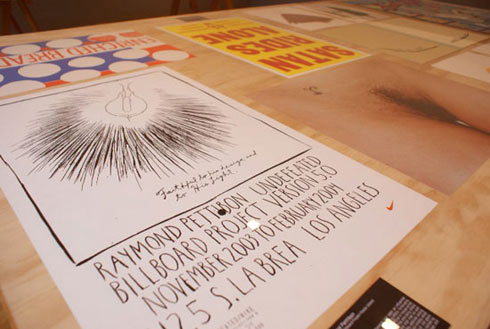
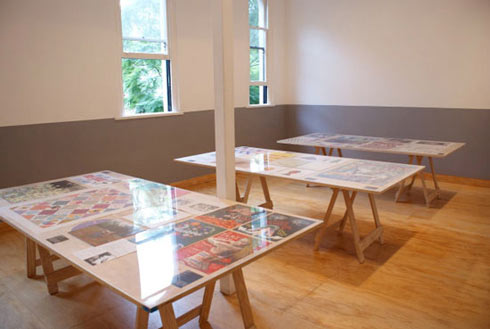
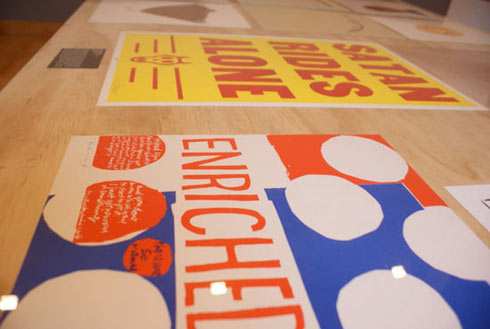
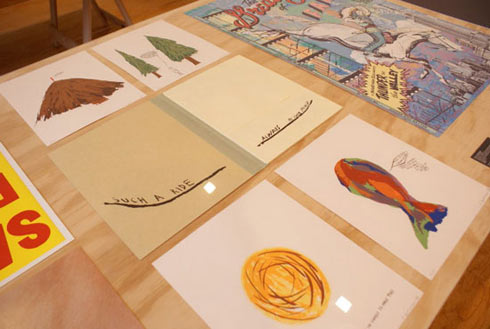
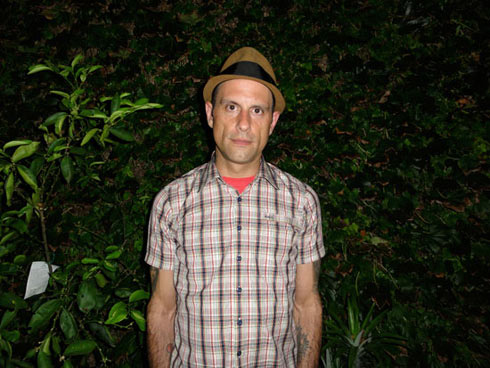 Text: Gabriel Knowles Images: Joseph Allen Shea
Text: Gabriel Knowles Images: Joseph Allen Shea
Making something from scratch is arguably the greatest accomplishment we can achieve as human beings, either collectively or individually. Whether it be a meal, a song, a home or a piece of art – there isn’t much more that can be gained outside of creating tangibility from nothing. Aaron Rose, the man behind the infamous Alleged Gallery and film Beautiful Losers, is a firm believer in the power of creativity. Considering his formative years were spent flicking through DIY punk rock album covers before he went on to help launch the careers of Barry McGee, Ed Templeton, Todd James, Terry Richardson and Geoff McFetridge it’s hardly surprising he’s an advocate of actually getting things done. Prior to the opening of his latest Sydney show Simulacrum, Aaron Rose talks to Gabriel Knowles about making art more accessible, changing contexts and why he’s starting a creative school.
“Everything is pretty much the same the way I look at it. Curating an exhibition or making a painting or writing a song or making a film, it all pretty much follows the same process. You have a sketch and then you work the sketch and fill in some of the colour and then you go back in and rework that a little bit more and then you finish it off and you’re done,” the curator, artist, writer, musician and filmmaker explains from the steps of Sydney’s Monster Children Gallery.
“For me all the creative processes employ that method. With a film you start off with a treatment and then you go out and gather your supplies, which is your footage, and then you go in there and make a rough horrible sketch and then start honing it and honing it and honing it and you’re done. It’s the same with a song where you start with a beat or a little riff and then you work it, work it, work it and you’re done. It’s all kind of the same thing to me.”
Having launched Alleged on New York’s Lower East Side in 1992 before going on to produce spots for MTV and curate exhibitions around the world, amongst other things, Rose knows a thing or two about the creative process. Simulacrum then, appears to be a show put together by someone whose views on originality, a subject so revered in artistic circles, has softened over the years. So much so that Simulacrum is comprised of prints and editions only.
“I’m not someone who necessarily believes in the sovereignty of the original as being more important than the reproductions. Honestly, I learned about art from looking at reproductions. Since I’ve grown older I’ve gone to the Metropolitan Museum and Museum of Modern Art and seen a lot of things in person but most of the ways I learned about art is from looking at books and I don’t think my education is any worse than people who got to see the originals. Whatever the delivery system is, is fine, it doesn’t have to be in person to have meaning. I love the accessibility of editions, I love the fact that a good amount of the things in this show are under $100. I think that, especially in the economic times we’re in, why the hell not?”
It seems fitting then that the show’s title references French social theorist Jean Beaudrillard’s view that a simulacrum is not merely a copy of an original but that further editions are as ‘true’ as the original.
“It’s not an ‘original’ piece of work but in some ways if you display it as such and treat it as such then it does become as important as the original,” Rose explains.
Changing the context in which we interpret art and creative output is a subject matter that the 40-year-old Los Angeles resident seems to have taken to heart recently, showing up in his work and influencing where he directs his energy.
“One of the reasons I wanted to do this show had to do with the way we’re displaying it because we’re displaying all the work on these tables with perspex over them so there’s nothing on the wall. In this case we’re dealing with things that are mostly thin and works on paper so you can present them that way and it doesn’t look wrong. Putting original paintings that way could look a little strange.I’m hoping that people will look at it differently. Looking down on it, the viewer is in control.”
Not content with having an effect on those that visit shows he has curated, Rose is now looking towards making his mark on a new generation through an after-school studio set to open in Hollywood later this year. Ongoing projects throughout the week and full day weekend workshops with artists such as Barry McGee, Spike Jonze, KAWS, Kanye West, Chloë Sevigny, Jeremy Scott, and Terry Richardson have already elicited a positive response from LA parents, before doors have even opened.
“It’s a multi-faceted school thats going to deal with fine art, film, fashion and music. The motivation with starting a school is having the opportunity to teach young people how to think creatively in their daily lives. Whether or not they go on to be artists or not, it’s about incorporating creativity into the way people think and the way people act and the way people make decisions. It’s being taken out of the equation more and more, especially in the modern world. It’s about a way of thinking.”
“It’s fun. If you’re thinking outside of the box and you’re able to look at things in different ways and contexts then you’re going to apply that to your life too. I think that makes for a happier life and also, hopefully a more beautiful world.”
Simulacrum is showing at Monster Children Gallery until April 17
Next story: Hell And Back – Hell Gallery



